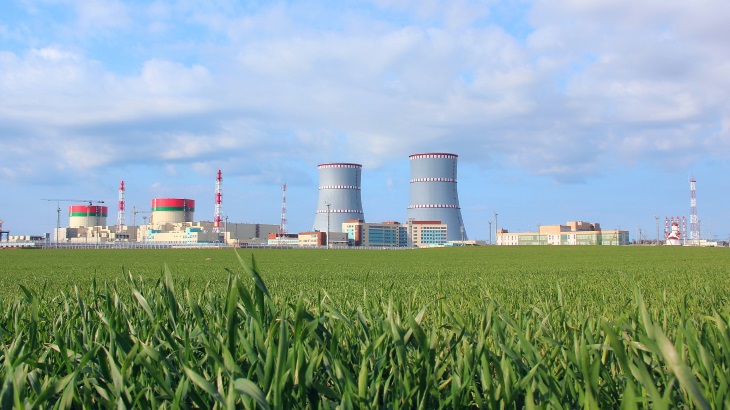The MoU was signed by Rosatom Director General Alexei Likhachev and the Chairman of the State Committee on Science and Technology in Belarus, Sergey Shlychkov.
Rosatom said in a statement that the MoU "provides for the implementation of joint projects in the field of nuclear medicine, digitalisation, additive technologies, elimination of accumulated environmental harm and radioactive waste management. Russian-Belarusian cooperation in these areas is focused on using the competencies of the Russian nuclear energy industry complex and Belarusian enterprises in the interests of ensuring the technological sovereignty of our countries".
The official Belarus news agency Belta added more detail, saying that under the MoU "the parties will create a multipurpose nuclear research reactor, a set of laboratories, a multipurpose irradiation centre and a nuclear medicine centre in Belarus, both as separate facilities and as part of a comprehensive project featuring several separate elements that together form the Centre for Nuclear Research and Technology".
It also quoted the State Committee on Science and Technology as saying: "Non-nuclear energy solutions are also relevant for bilateral cooperation. These include energy storage systems, utilisation of production and consumption waste, elimination of accumulated environmental damage. Special attention will be paid to the production of ionising radiation detectors and components, improvement of infrastructure for the final isolation (burial) of radioactive waste."
Belarus and Russia already have close ties in the nuclear field. The first nuclear power plant in Belarus, built by Rosatom, is now fully operational after the second VVER-1200 unit was put into commercial operation in November. The plant is located in Ostrovets in the Grodno region. A general contract for the construction was signed in 2011, with first concrete in November 2013. Rosatom began construction of unit 2 in May 2014. The first Ostrovets power unit was connected to the grid in November 2020 and, the energy ministry says, the plant will produce about 18.5 TWh of electricity per year, equivalent to 4.5 billion cubic metres of natural gas, with an annual effect on the country's economy of about USD550 million.





_47120.jpg)

_23621.jpg)






